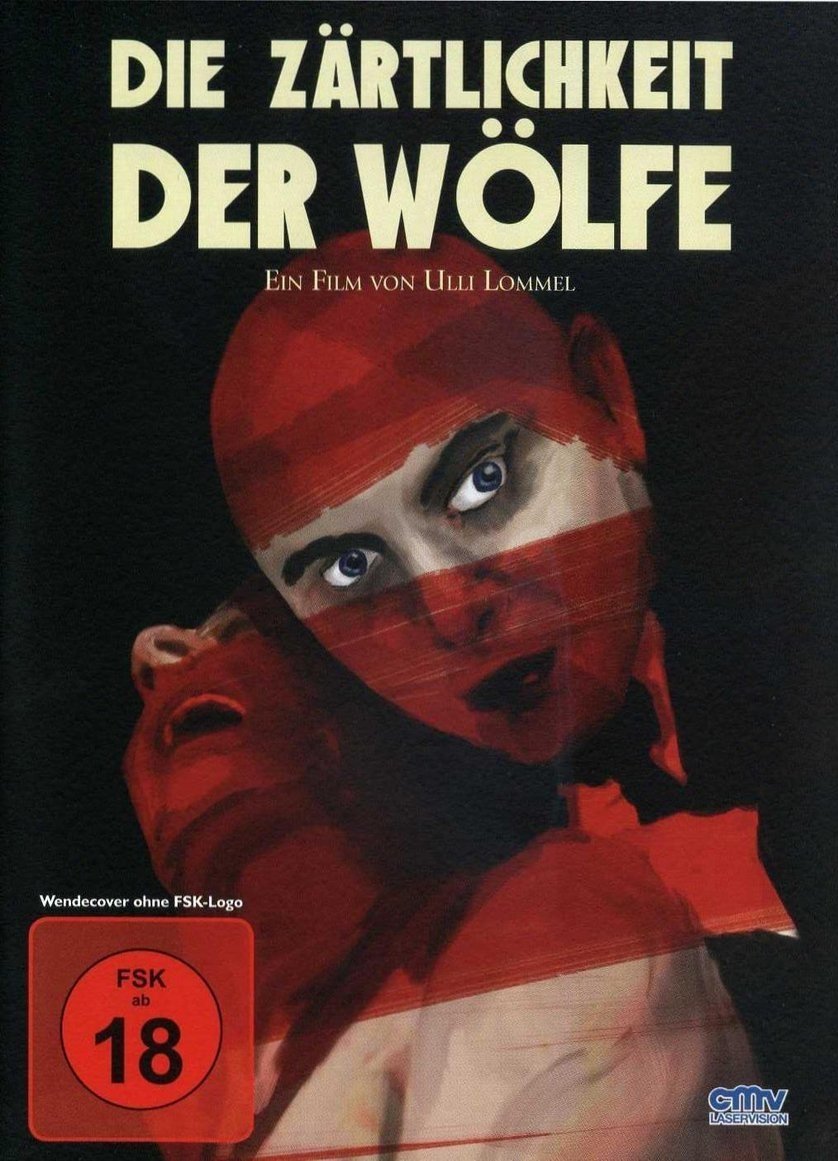

In the wake of such violence, people are drawn to the crime and to the township - Andrew Knox, Dove River's elder statesman Thomas Sturrock, a wily American itinerant trader Donald Moody, the clumsy young Company representative William Parker, a half-breed Native American and trapper who was briefly detained for Jammett's murder before becoming Mrs. Within hours she will regret that knock with a mother's love - for soon she makes another discovery: her seventeen-year-old son Francis has disappeared and is now considered a prime suspect. Ross's knock on the door of the largest house in Caulfield that launches the investigation. Ross, stumbles upon the crime scene and sees the tracks leading from the dead man's cabin north toward the forest and the tundra beyond. The same accident afforded him the little parcel of land in Dove River, land that the locals called unlucky due to the untimely death of the previous owner.Ī local woman, Mrs. Laurent Jammett had been a voyageur for the Hudson Bay Company before an accident lamed him four years earlier. Winter has just tightened its grip on Dove River, a tiny isolated settlement in the Northern Territory, when a man is brutally murdered. If ever there was time to see this masterful, stomach-turning, essential piece in the Fassbinder jig-saw, it is now.The year is 1867. Extras include a new interview with the feisty Lomell, one with the film’s director of photography, another with actor Rainer Will and a recently shot appreciation. The new home-cinema release has a wonderful, pin-sharp restoration which puts all previous versions in the shade. Lomell has never made another film this good. Lomell had Raab shave his head which, along with Haarmann‘s vampiric ways, suggests Max Schreck’s Orlok in Murnau’s Nosferatu – the shadows cast by Haarmann early on clearly reference Murnau’s Nosferatu set-ups. Raab's disconnected manner and look echo Peter Lorre’s Beckert in Lang’s M (which drew from the Haarmann case). Lomell’s film also nods towards Fritz Lang. This art-horror hybrid is not for the squeamish. He despatched his male victims vampirically, was a necrophile, lured young boys to his apartment, dismembered those he had killed and distributed human meat for consumption.

Yet Haarmann’s activities are all dwelt on. It is not a literal biopic of Haarmann: the film is set some time shortly after World War II. Although not a Fassbinder film as such, Tenderness of the Wolves is integral to his work.įurther connections with Fassbinder’s own work come from the film’s sombre tone and the presence of extreme characters at odds with the drab world in which they live. A very creepy Raab plays Haarmann and wrote the film. Nonetheless, Fassbinder produced and acted in Tenderness of the Wolves, and many of his regular players including Margit Carstensen, Ingrid Cavena and Kurt Raab appear.


 0 kommentar(er)
0 kommentar(er)
